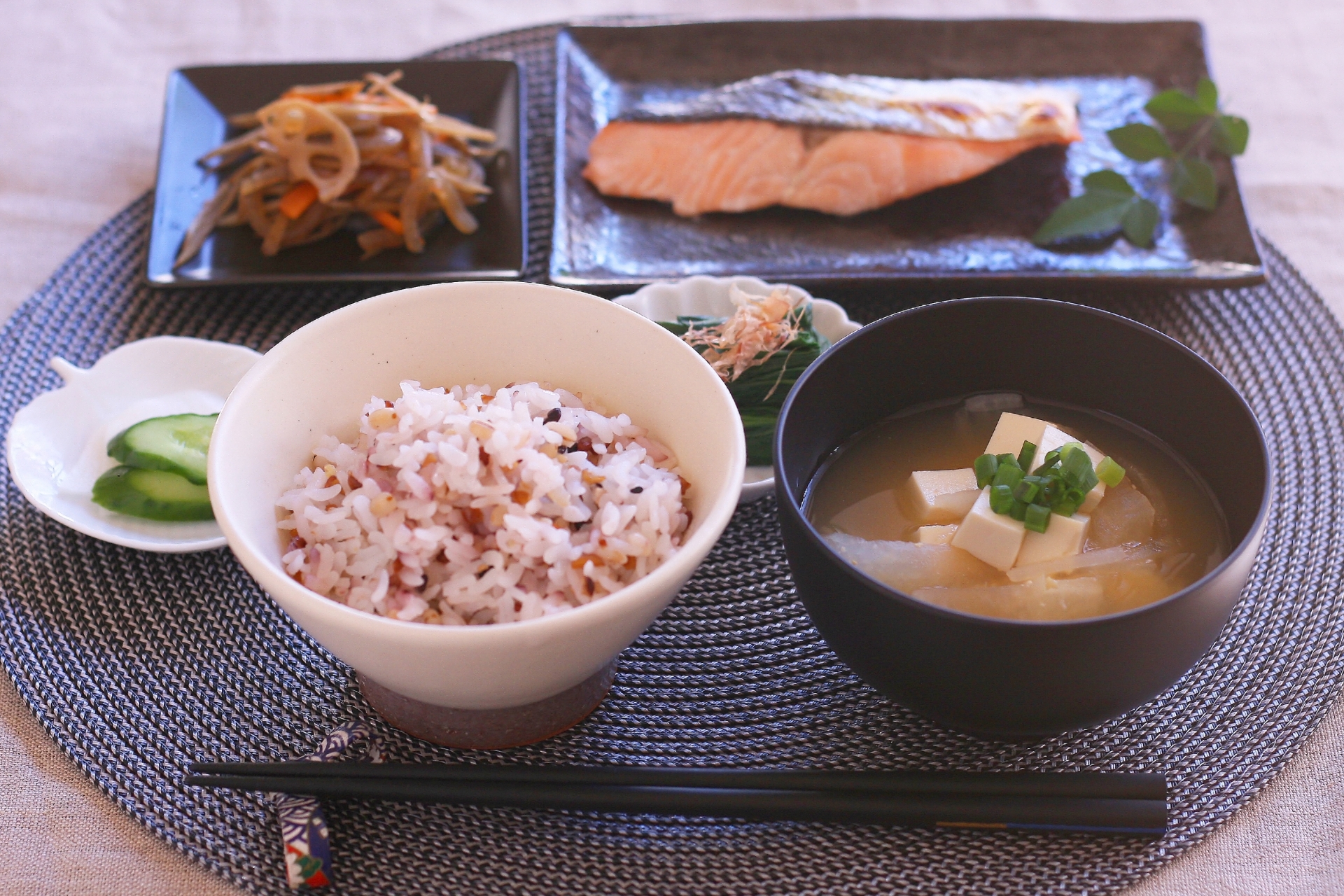Japanese breakfasts are known for their balance, simplicity, and deep cultural roots. Whether you’re planning a trip to Japan, seeking healthier eating habits, or just curious about what a typical morning meal looks like in Japan, this guide explores everything from traditional set meals to modern adaptations, vegan options, and quick recipes for busy mornings.
What Is a Traditional Japanese Breakfast?
A traditional Japanese breakfast is a harmonious blend of flavors, textures, and nutrition rooted in centuries of culinary tradition. It typically follows the philosophy of ichiju-sansai, which means “one soup, three dishes.” This format creates a well-balanced and satisfying meal that emphasizes seasonal ingredients and mindful eating. Core components include steamed white rice (gohan), miso soup (miso shiru), grilled fish such as salmon or mackerel, pickled vegetables (tsukemono), and rolled omelet (tamagoyaki). Each element contributes to both taste and nutrition, ensuring a wholesome start to the day.
Beyond the food itself, traditional Japanese breakfasts reflect cultural values like simplicity, balance, and seasonal awareness. Meal etiquette also plays a role: dishes are often served in separate bowls, chopsticks are used delicately, and meals are enjoyed with appreciation (itadakimasu before eating and gochisousama deshita after).
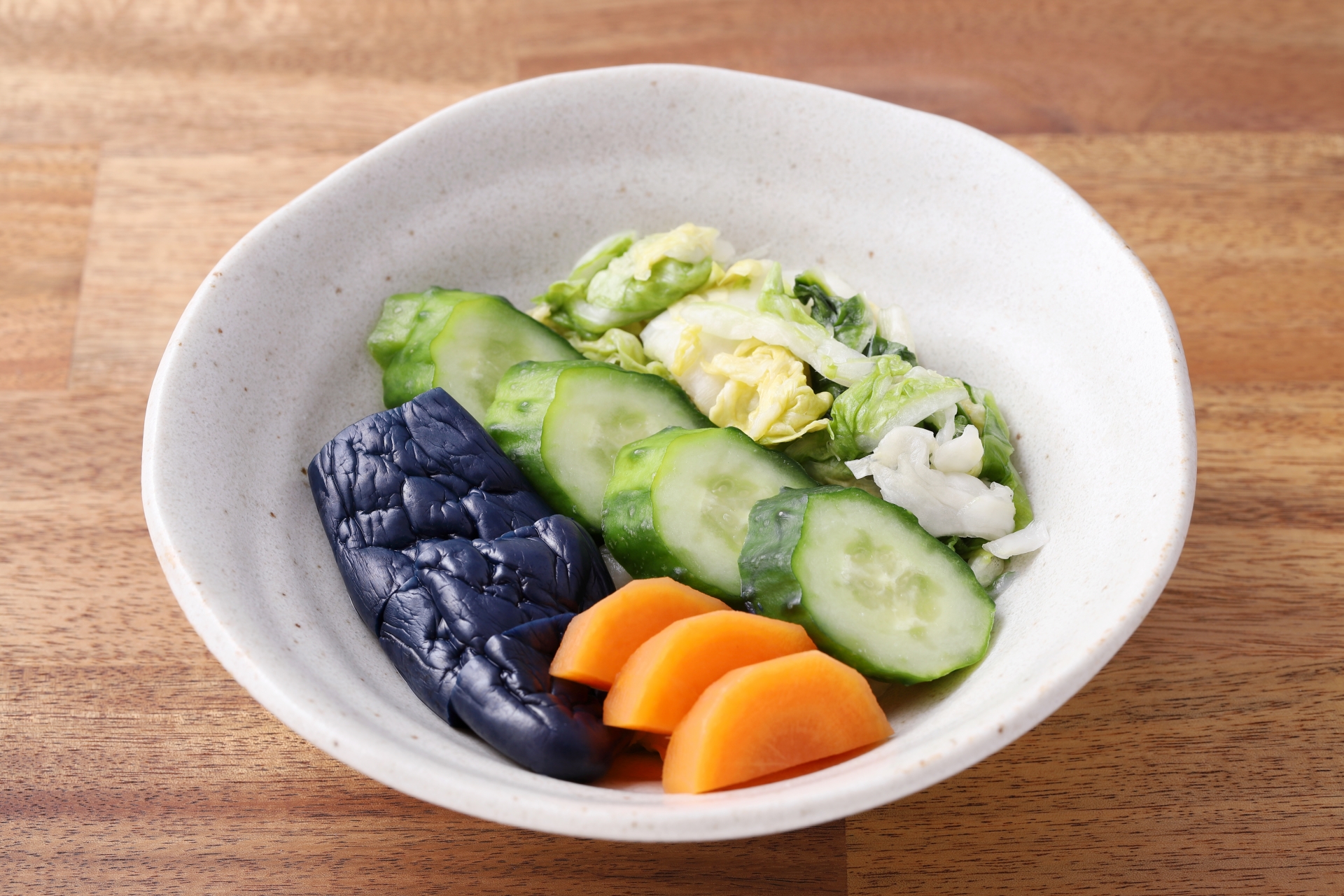
Key Ingredients and Their Roles
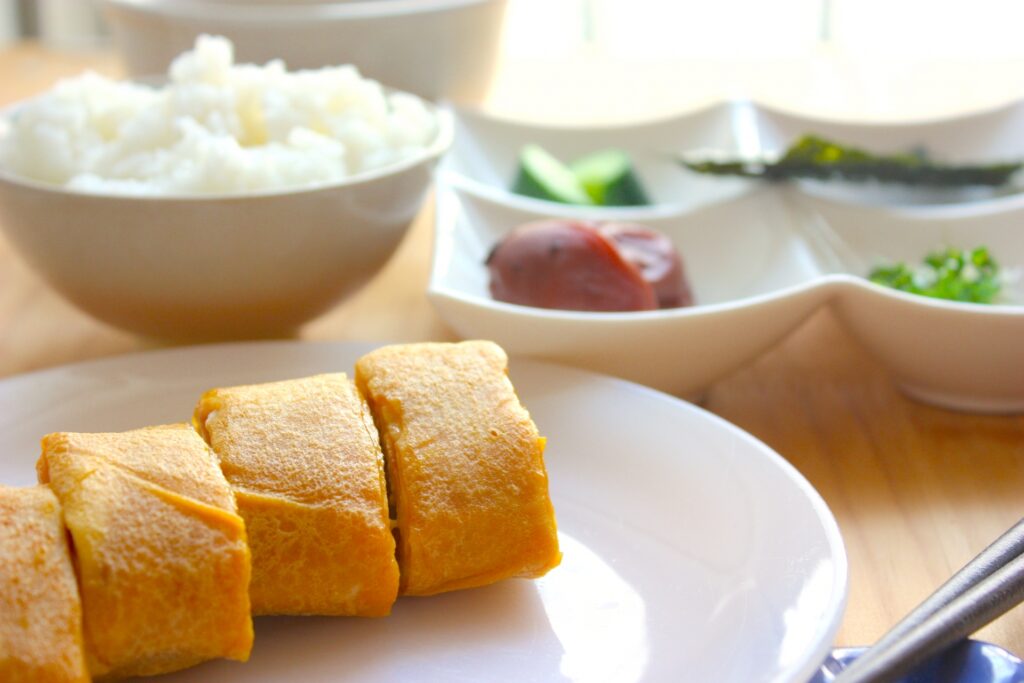
Each component of a traditional Japanese breakfast serves a distinct purpose:
- Rice (Gohan): The staple of the meal, rice provides complex carbohydrates for energy and acts as a neutral base for other flavors.
- Miso Soup (Miso Shiru): Made with fermented soybean paste, miso soup offers umami richness, probiotics for gut health, and warmth to the stomach.
- Grilled Fish (Yakizakana): Often lightly salted and grilled, fish adds high-quality protein and omega-3 fatty acids.
- Pickled Vegetables (Tsukemono): These add acidity and crunch, helping to stimulate digestion and refresh the palate.
- Tamagoyaki (Rolled Omelet): Slightly sweet and savory, this dish adds protein and a soft texture, especially appealing to children.
- Natto or Tofu: In some households, fermented soybeans or tofu offer vegetarian protein options.
Together, these ingredients create a meal that’s nutritionally complete, visually balanced, and deeply satisfying.
Nutritional Benefits of a Japanese Breakfast
Japanese breakfasts stand out for their nutritional balance. They are generally low in sugar and saturated fats, while high in lean protein, fiber, and beneficial bacteria from fermented foods. Here’s a basic comparison:
| Nutrient | Japanese Breakfast | American Breakfast |
| Protein | High (fish, tofu, eggs) | Moderate (bacon, eggs) |
| Carbohydrates | Moderate (rice) | High (bread, pancakes) |
| Sugar | Low | High (syrups, cereals) |
| Fiber | Moderate (veggies, miso) | Low (refined grains) |
| Saturated Fat | Low | High (processed meats) |
| Probiotics | High (miso, natto) | Low |
This makes the traditional Japanese breakfast ideal for those seeking sustainable energy, digestive health, and weight management.
Modern Takes on Japanese Breakfasts
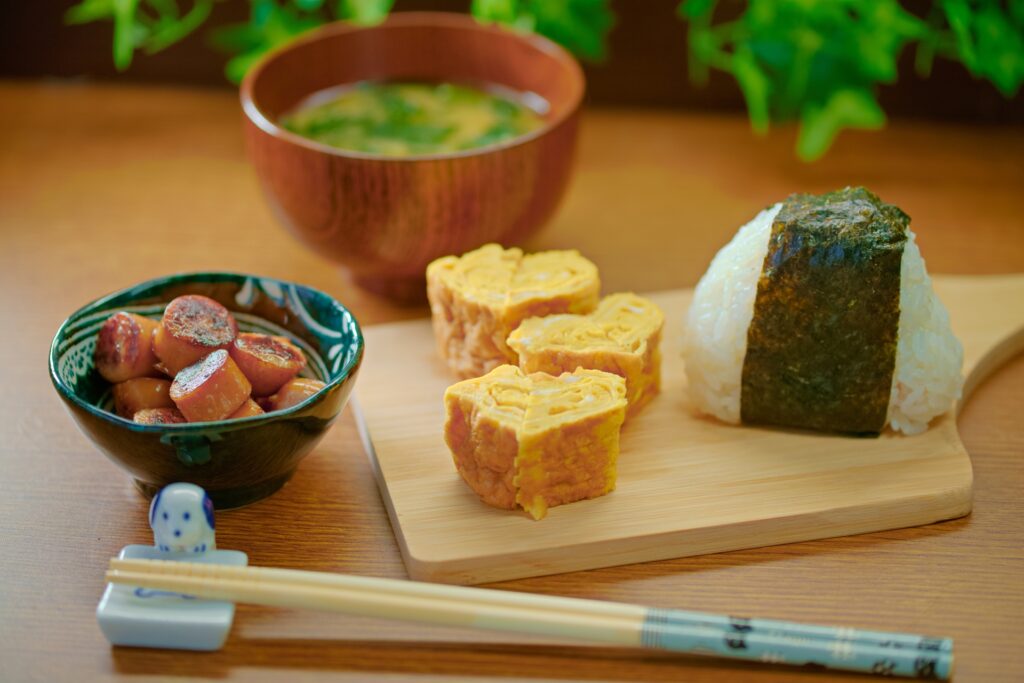
While traditional breakfasts remain popular, contemporary Japan has adapted to faster-paced lifestyles and global influences. In cities, convenience stores offer ready-to-eat options like rice balls (onigiri), miso soup packets, and bento-style breakfast boxes. Trendy breakfast cafes serve hybrid dishes like tamagoyaki sandwiches, Japanese-style pancakes, or avocado toast with a miso twist.
Western ingredients are now often integrated into morning meals, resulting in fusion breakfasts. Think scrambled eggs with rice and nori, or yogurt topped with anko (sweet red bean paste) and seasonal fruits. These modern takes retain the nutritional mindfulness of traditional breakfasts while accommodating varied tastes and schedules.
Quick Japanese Breakfasts for Busy Mornings
Short on time? You can still enjoy a Japanese-style breakfast in under 10 minutes. Here are a few ideas:
- Natto over Rice: Just open a natto pack, stir it up, and place over hot rice. Add green onions or soy sauce for extra flavor.
- Onigiri (Rice Balls): Pre-made or quickly shaped with fillings like umeboshi (pickled plum) or tuna mayo.
- Instant Miso Soup: Use instant miso packets with hot water. Add tofu cubes or wakame seaweed if available.
- Tofu and Soy Sauce: Slice chilled tofu, top with grated ginger and soy sauce for a refreshing bite.
These meals are not only fast but also rich in nutrients and low in processed ingredients.
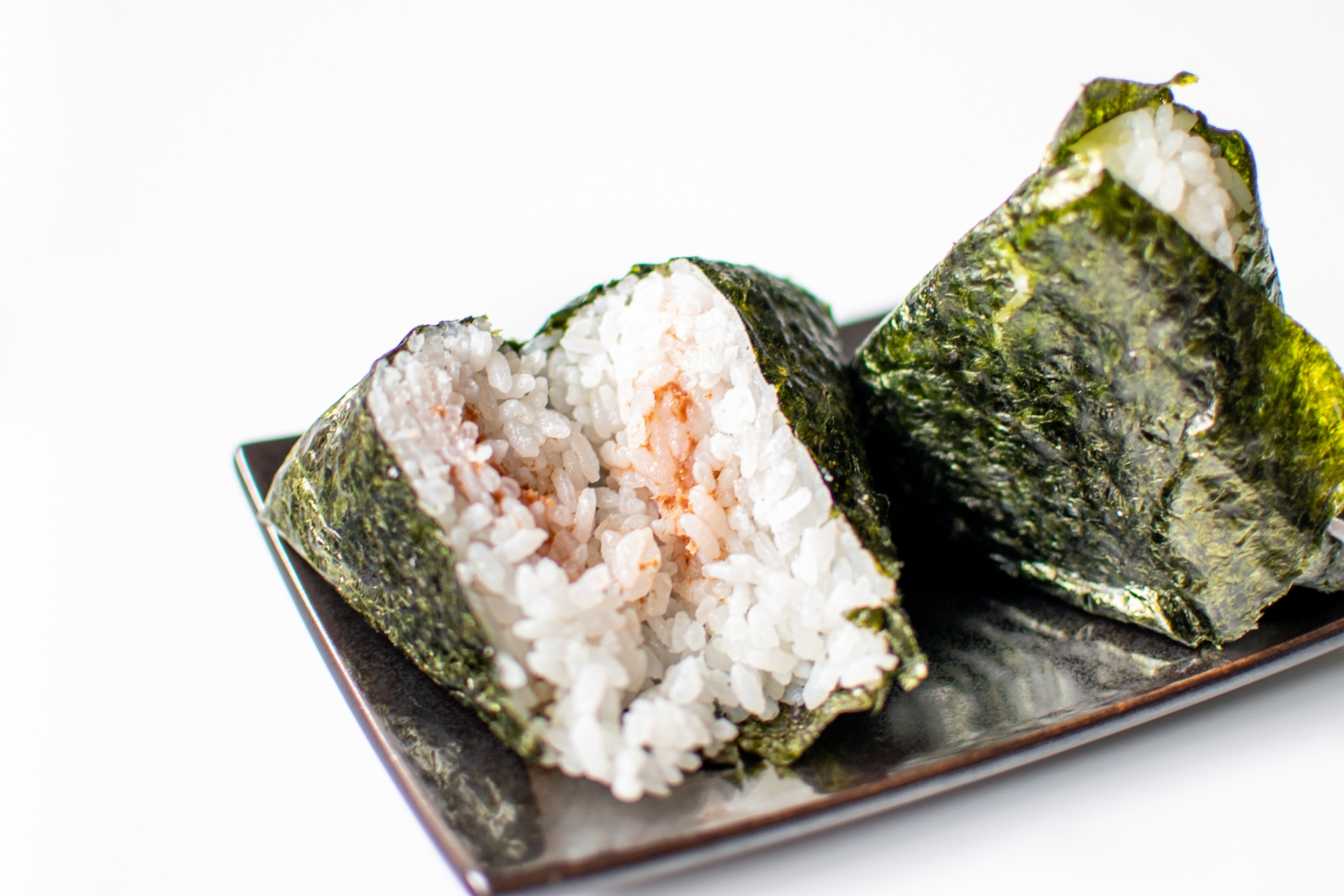
Vegan and Vegetarian Japanese Breakfast Ideas
Many traditional components are naturally plant-based or easily adaptable. Here are options for vegans and vegetarians:
- Miso Soup: Use kombu (kelp) and shiitake for dashi instead of fish-based stocks.
- Tofu Scramble: Replace eggs with scrambled tofu seasoned with turmeric, soy sauce, and scallions.
- Rice with Furikake: Vegan furikake (rice seasoning) blends seaweed, sesame, and dried veggies.
- Tsukemono and Umeboshi: Pickled items add flavor without animal products.
- Shōjin Ryōryi Influence: Inspired by Buddhist temple cuisine, include simmered root vegetables and seasonal greens.
These meals uphold the Japanese breakfast spirit while aligning with plant-based lifestyles.
Japanese Breakfast Ideas for Kids
Children often prefer softer textures and milder flavors. Adaptations include:
- Soft Tamagoyaki: Make less sweet and well-cooked for easy chewing.
- Miso Soup with Tofu and Carrots: Add small, soft vegetables and cut ingredients into fun shapes.
- Rice Porridge (Okayu): A gentle, warm dish ideal for picky eaters or young children.
- Mini Onigiri: Bite-sized rice balls with familiar fillings like salmon flakes, bonito with soy sauce, or tuna mayo.
Be mindful of sodium levels and potential allergens like soy or seafood, adjusting recipes as needed.
How to Recreate a Japanese Breakfast at Home

Creating a Japanese breakfast set at home is more accessible than you might think. Here’s a simple step-by-step guide:
Shopping List
Main Ingredients:
- Japanese short-grain rice
- Miso paste (white or red)
- Dashi stock (instant or kombu-based)
- Eggs
- Salted salmon or mackerel
- Pickled vegetables (store-bought or homemade)
- Tofu or natto
Substitutes:
- Long-grain rice (if short-grain is unavailable)
- Vegetable broth instead of dashi
- Western omelet instead of tamagoyaki
Basic Tools
- Rice cooker or pot
- Soup pot for miso
- Frying pan for fish and tamagoyaki
- Chopsticks and small bowls for serving
Preparation Workflow
- Start cooking rice (use a timer for precision).
- While rice cooks, prepare miso soup base with dashi.
- Grill or pan-fry fish.
- Cook tamagoyaki or scramble eggs.
- Set the table: each item in its own dish for balance.
Typical Layout Diagram
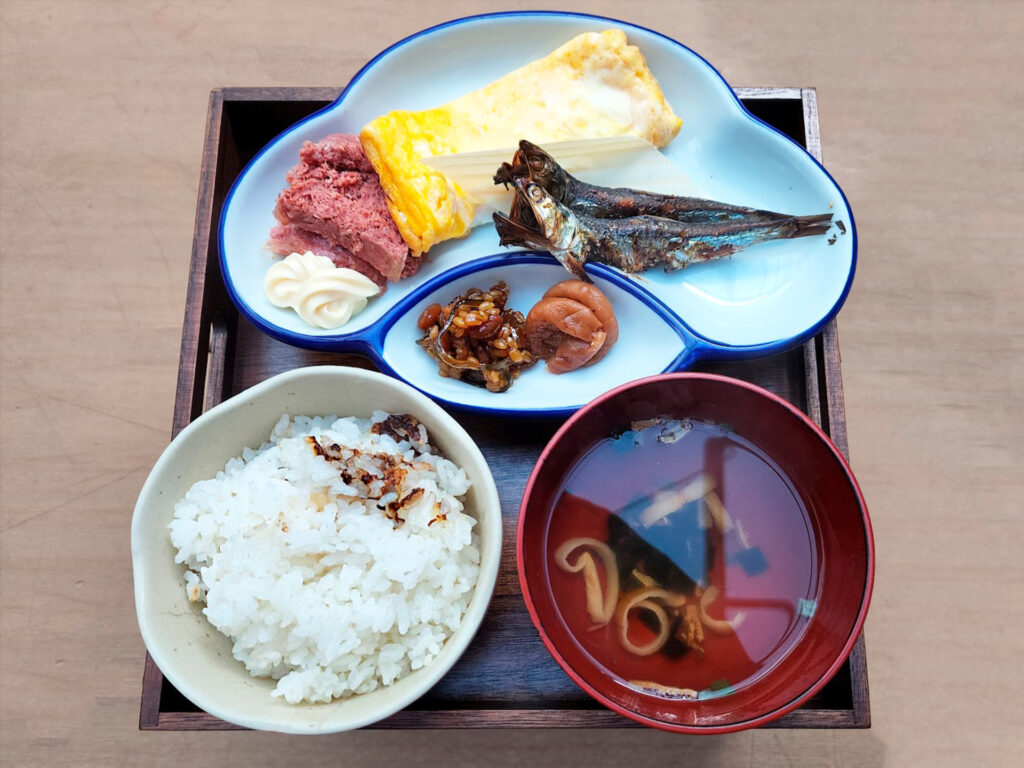
[Insert Diagram: Japanese Breakfast Tray with tamagoyaki top-left, pickles top-right, fish center, rice bottom-left, miso soup bottom-right.]
Summary and Final Thoughts
Japanese breakfast foods offer a unique combination of nutrition, culture, and sensory satisfaction. From the foundational ichiju-sansai to modern adaptations like vegan miso soup or fusion dishes, these meals demonstrate that healthy and delicious are not mutually exclusive. Whether you’re incorporating a single element or building a full breakfast set, the variety and balance of Japanese morning meals can enrich your daily routine.
Start small—perhaps with miso soup or rice and pickles—and build from there. With a few ingredients and thoughtful preparation, you can bring the depth and harmony of Japanese cuisine to your mornings.

